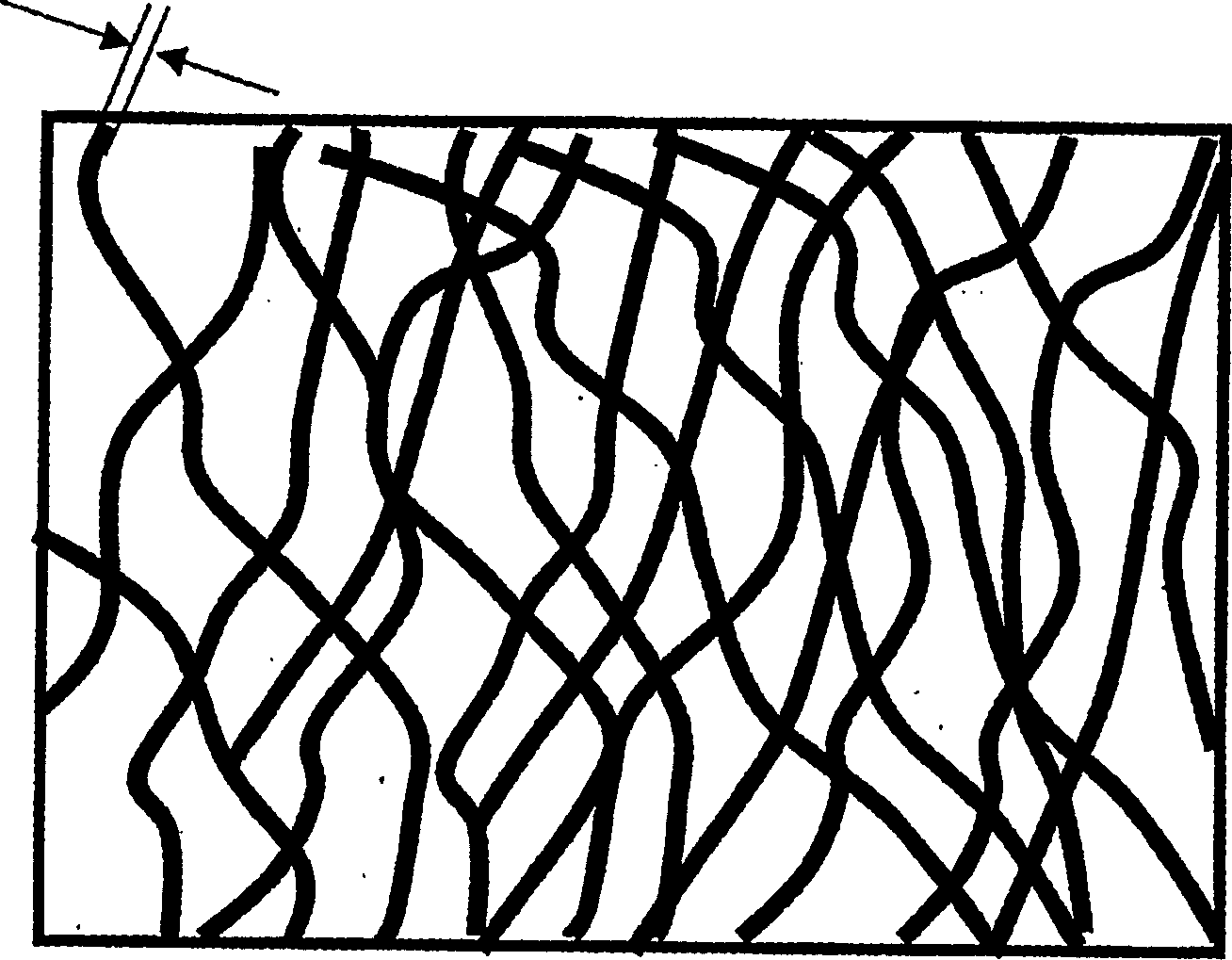Laminated film and method for producing same
A composite film and film technology, applied in the field of composite film, can solve the problems of undisclosed network structure, cracks or holes, etc., and achieve the effect of low dielectric properties
- Summary
- Abstract
- Description
- Claims
- Application Information
AI Technical Summary
Problems solved by technology
Method used
Image
Examples
Embodiment 1
[0276] (Synthesis of PET)
[0277] Calcium acetate was added as a transesterification catalyst to a mixture of 100 parts by weight of dimethyl terephthalate and 60 parts by weight of ethylene glycol at 140°C, heated to 230°C, and methanol was distilled off to perform transesterification. Then, antimony trioxide as a polymerization catalyst and phosphoric acid as a heat stabilizer were added to the product of this transesterification reaction, and it transferred to the polycondensation reaction tank. Next, slowly reduce the pressure in the reaction system to 0.1kPa while heating from 230°C to 290°C, stir the interior at 290°C under reduced pressure, and polymerize while distilling off methanol. The synthetic intrinsic viscosity is 0.62, and the glass transition temperature Polyethylene terephthalate (PET) with a melting point of 78°C and a melting point of 255°C, basically without adding particles (also known as particle-free PET).
[0278] (Manufacture of resin composition B)...
Embodiment 2
[0293] A composite film was produced in the same manner as in Example 1 except that the thickness ratio of B / A / B in the composite film thickness of 50 μm was changed to 12.5 / 25 / 12.5.
Embodiment 3
[0295] In the production of the resin composition A, a liquid crystalline polyester having the following composition, a melting point of 265° C., and a molecular weight of 18,000 (called LCP2) was used as a liquid crystalline polymer.
[0296] (Copolymerization composition of LCP2)
[0297] p-Hydroxybenzoic acid 56.8 mol%
[0298] 4,4′-Dihydroxybiphenyl v 5.9 mol%
[0299] Ethylene glycol 15.7 mol%
[0300] Terephthalic acid 21.6 mol%
[0301] In addition, the weight ratio of PET / LCP2 in the resin composition A was changed to 30 / 70. The elongation at which non-ductility was judged was 15%.
[0302] Except for these, it carried out similarly to Example 1, and produced the composite film.
PUM
| Property | Measurement | Unit |
|---|---|---|
| particle size | aaaaa | aaaaa |
| glass transition temperature | aaaaa | aaaaa |
| diameter | aaaaa | aaaaa |
Abstract
Description
Claims
Application Information
 Login to View More
Login to View More - R&D
- Intellectual Property
- Life Sciences
- Materials
- Tech Scout
- Unparalleled Data Quality
- Higher Quality Content
- 60% Fewer Hallucinations
Browse by: Latest US Patents, China's latest patents, Technical Efficacy Thesaurus, Application Domain, Technology Topic, Popular Technical Reports.
© 2025 PatSnap. All rights reserved.Legal|Privacy policy|Modern Slavery Act Transparency Statement|Sitemap|About US| Contact US: help@patsnap.com



